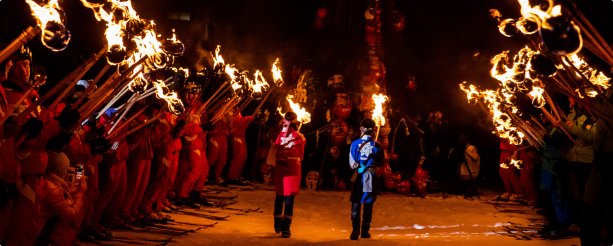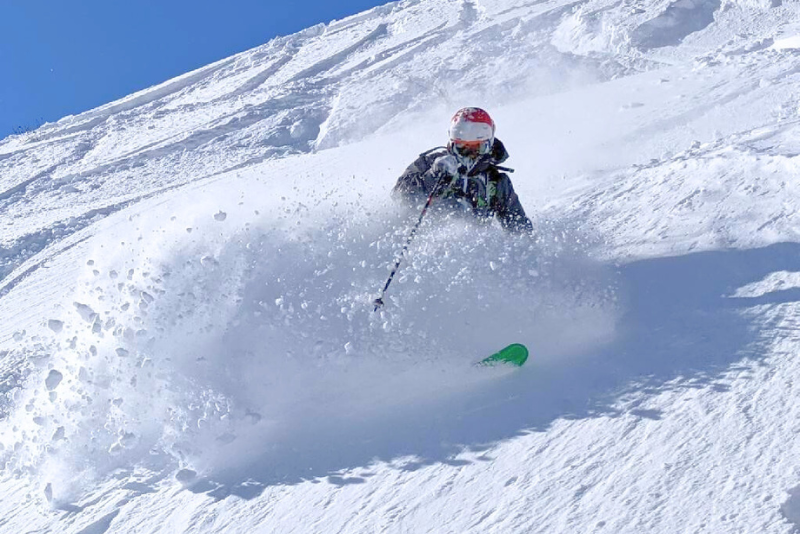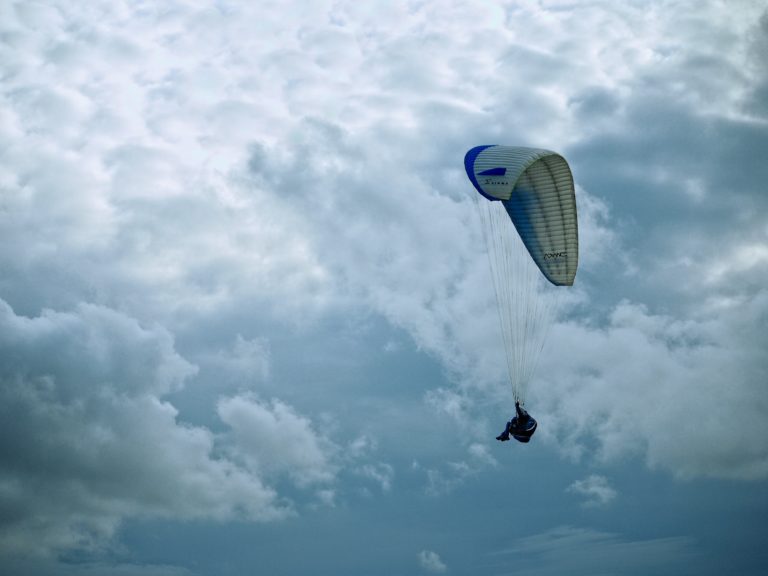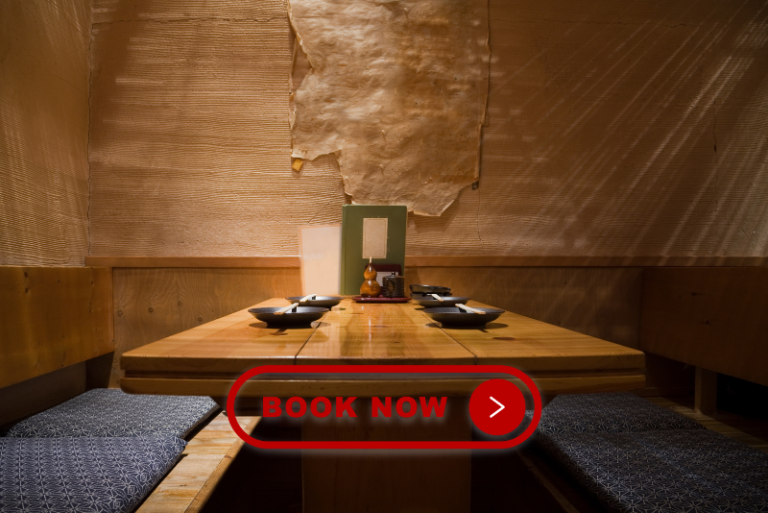Hakuba gets over 11 meters of snowfall each season!
I have skied since I was 3 and have lived in Hakuba for over 7 years. I have never skied as much powder in a season as I do in Hakuba. Let me tell you, the rumors about Japan are true. The fresh snow is like no other.
Hakuba is a haven for powder hunters.
I was hesitant to write this article. Everyone likes to keep their powder havens to themselves, myself included.
But if you’re looking to ski Hakuba powder, this list will point you in the right direction.
If you want to know all my secrets, you’ll must catch me on the hill. I’m usually on the hill at 8 AM, lined up at the lift. You’re welcome to join me and follow my line.
Before we get started, there are a couple of caveats.
- Everything in this list is either in bounds or semi-controlled.
- Avy gear is not mandatory for these areas but is recommended.
- Some areas require you to take a safety course before entering.
Here are some of the goto spots you may want to add to your list on a powder day.
Now that we’ve set the stage, let’s strap in and explore Hakuba’s powder skiing spots, which promise to make your trip unforgettable.

Introduction to Hakuba
Nestled in the heart of the Japanese Alps, Hakuba Valley is a dream come true for powder enthusiasts. Renowned for its high-quality powder snow and diverse ski resorts, Hakuba offers a unique skiing experience that attracts visitors from around the globe. The Valley’s rich snowfall and varied terrain make it an ideal destination for skiers and snowboarders of all levels. Whether you’re carving down gentle groomers or tackling steep slopes, Hakuba Valley ski resorts cater to every skiing style and preference.
7 Best Hakuba Powder Spots
Here’s our list of the top 7 powder spots you must check out in Hakuba.
- Cortina
- Tsugaike DBD
- Hakuba 47 TRZ
- Happo One
- Iimori
- Goryu
- Kashimayari
1 – Cortina
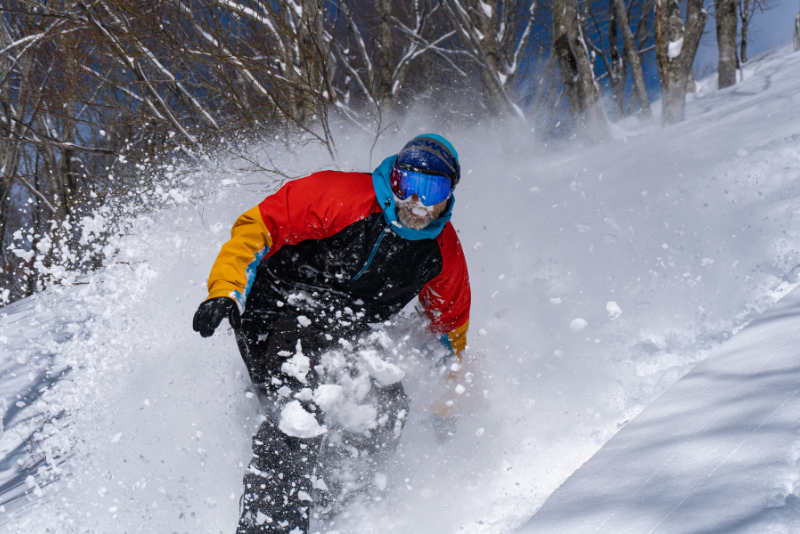
Cortina is renowned for its powder trees. The resort is a large bowl with nothing out of bounds. If you can handle it, you can ski it. The most popular areas are off the South ridge beside the No. 2 lift. The trees on this side are beautifully spaced and steep enough for deep snow.
The South Ridge also has some good skiing. This side often gets sun-affected later in the day, so I recommend hitting the South Ridge early if you decide thats where you want to ski. The South Ridge has more brush and is better later in the season when there is more snow coverage.
I have had some of my best pow days at Cortina, and getting multiple 60+cm days in a row is not unheard of.
2 – Tsugaike DBD
Tsugaike’s Double Black Diamond area (DBD) requires you to watch a 15-minute safety video and sign a waiver at the top. The area is heavily treed, quite steep, and has some cliff faces.
While the area is within the resort boundary, it is only semi-controlled. Avy gear is not mandatory, but it is highly recommended, and you should be skiing with buddies.
The area is moderately steep, and the trees are generally well-spaced. From the top of the Gondola, head up the Tsuga pair lift. The first entry gate is just below the top of the lift, and the three remaining gates are along the uma no sei course.
The DBD area runs from the top of the pair lift to the gondola mid-station. Be aware that the area is crisscrossed by cat tracks with large drops onto flat ground.
3 – Hakuba 47 TRZ
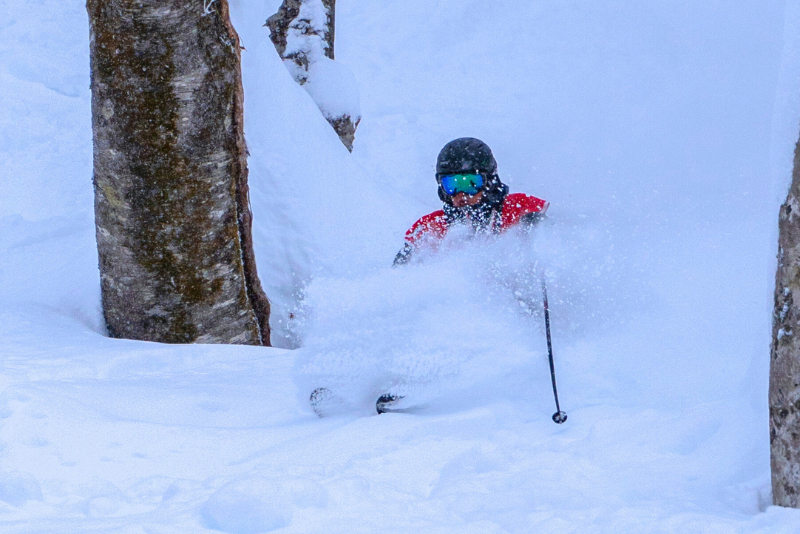
Like the Tsugaike DBD, Hakuba 47’s TRZ (Tree Zone) requires you to take a safety course and sign a waiver. The area is fully within the resort boundary, with several entry gates.
From the top of the Line C quad, head towards Route 2. You can hit the first set of trees on your left, duck back out onto the run, cross over, and then hit the second set of trees from the flat spot. The trees are nicely spaced, and the run is steep enough for even the deepest powder day.
4 – Happo One Ski Resort
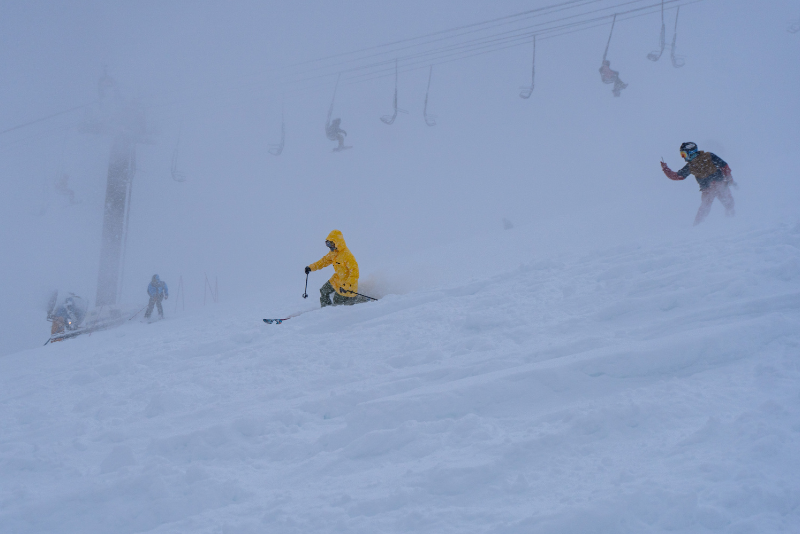
Happo One Ski Resort has some of the most open powder terrain in the Valley. Alpin, Kurobishi, and Skyline are some of my favorites on a powder day. If the Gondola isn’t busy, you can rip laps from the top down central to the bottom and get 600m+ vertical.
Because Happo is in the center of the Valley, it often gets skied out quite quickly. Head over early and find the fastest route up the mountain to take advantage of good snow.
5 – Iimori
Iimori is the smallest resort in Hakuba Valley, but don’t let its size fool you. It boasts some of the steepest runs in the area. While the powder opportunities are limited, it’s often not as busy. The adventure course from the top of Line C (accessible from Hakuba 47) down to Iimori is an epic run on a good powder day, and Whiskey Straight is a nice steep run that’s excellent for powder turns.
You may be tempted to head through the trees, but be wary of the resort’s ski patrol; they may take your pass.
6 – Goryu
The Goryu gondola gives you a straight shot up the mountain first thing in the morning. For your best turns, head left out of the Gondola to the Grand Prix course. The run is a relatively steep red, but the real fun is on the sides. Both skiers’ left and right offer some nice steep pitches with hidden drops.
If the Gondola line is not too long, take the expert course back to the base and ski some nice powder bumps to the bottom.
There are also some inbounds powder trees off to skiers right above the expert course; make sure you cut back to the resort before going too far down.
7 – Kashimayari
Kashimayari is a diamond in the rough ski resort. It’s not overly popular with non-Japanese skiers, but I have had some absolute epic powders. The run from the top down to the North parking lot is an awesome steep run for powder turns.
Understanding Hakuba’s Snow and Weather Patterns
Hakuba Valley’s legendary snowfall is a product of its unique geography and weather patterns. Each season, the Valley is blanketed with an average of 11-13 meters of snow, renowned for its light, dry powder—perfect for skiing and snowboarding.
High-quality powder snow results from the cold air from Siberia colliding with moisture-laden air from the Sea of Japan, creating the ideal conditions for deep powder.
However, it’s important to note that temperature fluctuations and humidity levels can influence Hakuba’s snow quality.
Tips for Powder Skiing
Powder skiing in Hakuba Valley is an exhilarating experience but requires a blend of skill, knowledge, and preparation. Here are some essential tips to help you enjoy Hakuba’s powder snow to the fullest:
- Choose the right equipment: For the best powder skiing experience, opt for wider skis and a narrower stance. This setup helps you float on the powder and maintain control. Make sure to rent or bring equipment specifically designed for powder skiing.
- Know your limits: Powder skiing can be challenging, especially for those new to it. Start with gentler slopes to build your confidence before tackling steeper terrain. Always be aware of your skill level, and don’t push beyond your comfort zone.
- Respect the mountain: Safety should always be a priority. Follow the resort’s rules and guidelines, and be mindful of other skiers. Respecting the mountain and its natural environment ensures a safe and enjoyable experience.
- Take lessons: If you’re new to powder skiing or looking to improve your skills, consider taking lessons from a certified instructor. Professional guidance can help you master techniques and boost your confidence on the slopes.
- Stay flexible: Hakuba’s weather can be unpredictable, so it’s important to stay adaptable. Monitor weather forecasts and be prepared to adjust your plans based on changing snow conditions. Flexibility is key to making the most of your powder skiing adventure.
Safety
When it comes to powder skiing, prioritizing safety is crucial for an enjoyable experience.
- Ski with friends: Having a partner or group enhances enjoyment and provides support in emergencies, ensuring that help is readily available.
- Know where you are going: Familiarize yourself with the trails and terrain, paying attention to signs and maps provided by the resort. It usually snows on a powder day and can be in whiteout conditions.
- Take breaks as necessary: Listening to your body and resting when needed will energize you and reduce the risk of injury.
- Take a lesson: A professional instructor can provide valuable tips on navigating powder conditions, help you refine your technique, and enhance your confidence on the slopes.
AVY Gear
Avalanche (AVY) gear is a critical safety component for anyone venturing into backcountry skiing or riding. This gear typically includes a beacon, shovel, and probe, which are essential in avalanche rescue situations.
Backcountry
We have expressly excluded information about the backcountry from this article. However, if you are a strong intermediate or advanced skier/snowboarder and want to try out the backcountry, I recommend hiring a guide and taking a backcountry tour. Hakuba has some of the best backcountry in Japan, just be prepared to work for your turns.
Conclusion
Hakuba Valley is undeniably a powder skiing paradise. From the tree-laden slopes of Cortina and Tsugaike to the expansive bowls of Happo One, there’s something here for every powderhound. Each spot offers unique thrills, turning every run into an unforgettable experience.
So, whether you’re a seasoned skier looking for new challenges or a powder enthusiast ready for adventure, Hakuba’s snow-covered peaks await.
Before heading out, remember to prioritize safety—take courses, gear up, and always check the weather.
Now, it’s time to pack your bags, embrace the powder, and create your own ski stories in Hakuba.
FAQ
What is the best time to ski in Hakuba?
The best time to ski in Hakuba is from mid-January through early April. Powder Conditions usually peak between mid-January and the End of February.
Are there backcountry safety courses in Hakuba?
Yes, several courses are available. The most common is AST 1, which covers essential avalanche safety skills.
Can I rent backcountry skiing gear in Hakuba?
Various rental shops offer all necessary equipment, including avalanche beacons, shovels, and powder skis.
Is Hakuba suitable for beginner powder skiers?
Hakuba does have some beginner powder skiing terrain. Resorts like Kashimayari and Iwatake have terrain that is more suitable for less experienced skiers. I do not recommend skiing trees as a beginner powder skier until you are always comfortable controlling your speed and direction.
Which is better Hakuba or Niseko?
I live in Hakuba, I think you already know my answer to this question. But which is better is really up to you. You can read out article Hakuba vs. Niseko to find out why I think Hakuba is best.
Hi, welcome to Events Hakuba. I started this site about eight years ago with a friend (who’s since moved away) to help travelers get more out of their time in Hakuba. What began as an event calendar has grown into a resource for everything from logistics to local insights.
It’s a one-person operation, and while I do my best to keep things current, it’s not a full-time gig—so thanks for your patience if anything’s slightly out of date.
If you’re curious about my main work, I run The Fifth Business — helping independent hotels scale guest revenue, retention, and operations without adding complexity.
